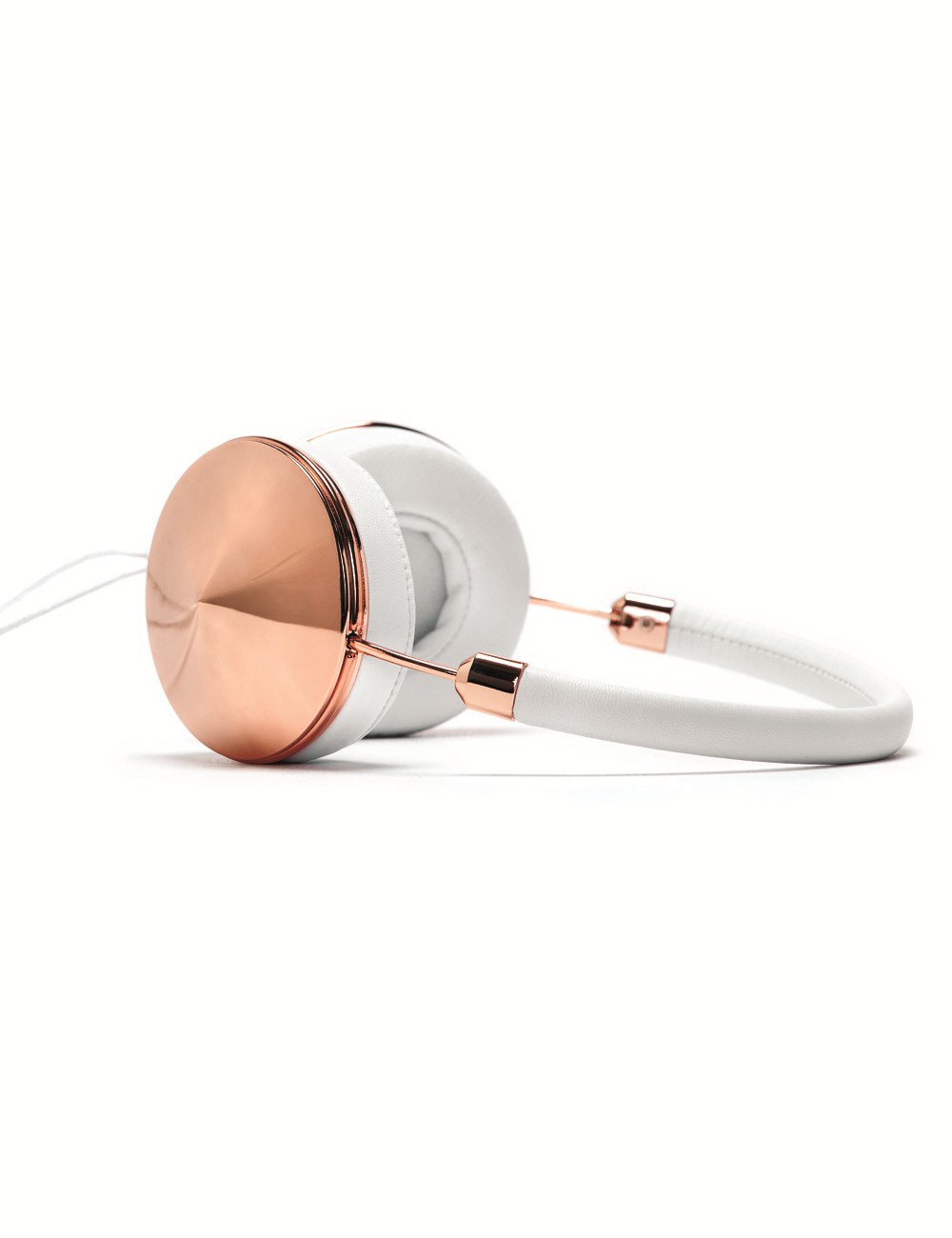"When the sweet showers of April fall and shoot
Down through the drought of March to pierce the root,
Bathing every vein in liquid power
From which there springs the engendering of the flower,
When also Zephyrus with his sweet breath
Exhales an air in every grove and heath
Upon the tender shoots, and the young sun
His half-course in the sign of the Ram has run,...
Then people long to go on pilgrimages
And palmers long to seek the stranger strands
Of far-off saints, hallowed in sundry lands.
-prologue, Canterbury Tales, Chaucer; 1386
 1. 1. |
| West Rose Stained Glass Window, Chartres Cathedral; 1200-1250 the coloured light slipped across the floor in a lazy path, and we stepped inside and were engulfed for a moment in a hazy image of a distant past of martyrs and kings. As spring rolls around again and we start dreaming of warm spring days we are tempted to shake off the cold dreary winter and start to travel again. As Chaucer said we "long to seek" and not much has changed. Though during the early medieval period this travel was to pilgrimage to holy sites and the only 'resorts' of the times were monasteries and as we know today the tourist trade is good. |
 2. 2. | |
|
Many designs from the Gothic period show a love of nature and relied heavily on the symbolism in natural forms. The heavy symbolism invested in the natural world, where everything had its place and the agrarian nature of their society saw nature as something easily understood and valued by the everyman. Though as can be seen from these sketches, the images were drawn based on geometric principals rather than from life as was custom in the Renaissance. To the illiterate masses symbolic pictography was integral to their understanding and of the many meanings behind the image many were influenced by the Bible. This has lead to modern iconography.
The relationship between the image (what we see or the signifier) and how we interpret it (the signified) has, throughout the history of man’s need to reflect and express life, been a close one. The need to realistically portray the present has always been tantamount to the artist’s need to express his own interpretation of the subject. With the advent of photography and film this anchor of reality was no longer needed in the world of what is now known as modern art.
 |
| Florence Baptistery (interior dome) |
 |
| Dolce & Gabbana f/w13 |
In this case the Dolce & Gabbana show for fall/winter '13 has directly taken the mosaic medieval imagery from Sicily's Cathedral of Monreale recycling ancient imagery for a new audience. As the centuries go by and our perceptions as a society change we bring a new lens to these images lifted from this chapel. We see opulence, the history an ancient establishment with its own particular mores. We are swayed and tainted by the layers of history between us and when these images were made. Though some may look at it and just see a pretty frock.
Yet just as our personalities are derived from our experiences, so do these same experiences colour how we look at the world. In traditional art the spectator was the centre of the world, while in new modern art there were many different viewpoints around which the object is depicted. Currently due to mass media there is no getting away from the image as it determines our reality and how we live and behave. The image becomes more real than reality. But there is only surface with no depth. This has led to viewers simply following images and not looking for deeper meaning. This in turn has led to a lack of aesthetic boundaries: the rules that have previously guided our judgement have all been broken.
So maybe now as spring approaches we should go on our pilgrimages as Chaucer describes and seek our own interpretation of things.





















